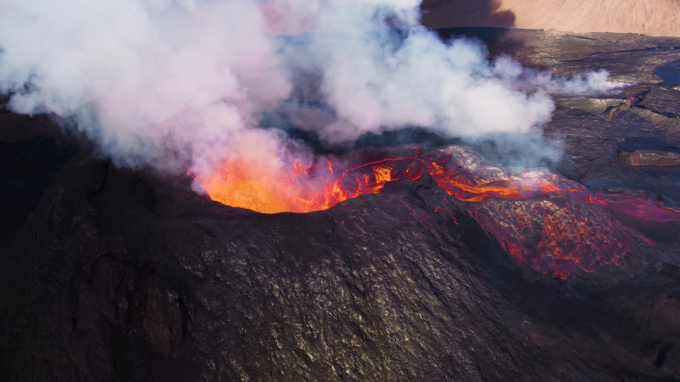One catastrophic eruption of the underwater volcano of Hunga Tonga, which occurred in January last year, had a devastating impact on the ozone layer that protects the Earth against ultraviolet rays emitted by the Sun.
Although scientists already suspected this outcome, a recent study, published in the journal Science, confirmed this worrying reality, by crossing measurements made by satellites and balloons.
see more
One in three people has hypertension and doesn't know it, according to WHO
National Book Day: moment of reflection

(Image: disclosure)
The eruption, which occurred on January 15, 2022, released an unprecedented amount of water vapor into the stratosphere, estimated at 150 megatons.
This event, combined with the release of volcanic material and rocks, resulted in the almost immediate destruction of about 5% of the ozone layer in the Pacific region.
The force of the explosion also triggered waves 90 meters high, nine times larger than the tsunami that devastated Japan in 2011. This shows the destructive power of phenomena like this.
Furthermore, the eruption generated a storm that produced 2,600 lightning strikes per minute, affecting the functioning of several satellites and becoming visible from space.
The researchers explain that volcanic aerosols, including salt water vapor and other compounds such as carbon dioxide of sulfur and ash, react chemically and form chlorine compounds, such as chlorine monoxide (ClO), capable of destroying The ozone layer.
Large volcanic eruptions often inject gases and particles into the stratosphere, where ozone resides, resulting in short-term ozone losses.
What still puzzles scientists is how quickly this particular destruction occurred. Laura Revell, associate professor at the University of Canterbury in New Zealand, highlighted that the speed of destruction challenges understanding of the chemistry that occurs in particles and droplets.
“The observed speed of destruction of the ozone layer challenges our understanding of the chemistry that occurs on the surfaces of these particles and droplets”, added the researcher.
The effects of the eruption of the Hunga Tonga volcano are expected to continue to be felt for some years. Therefore, it is crucial to carry out continuous atmospheric monitoring to assess, among other factors, the risk of increase in global temperature until the gas is completely dissipated.